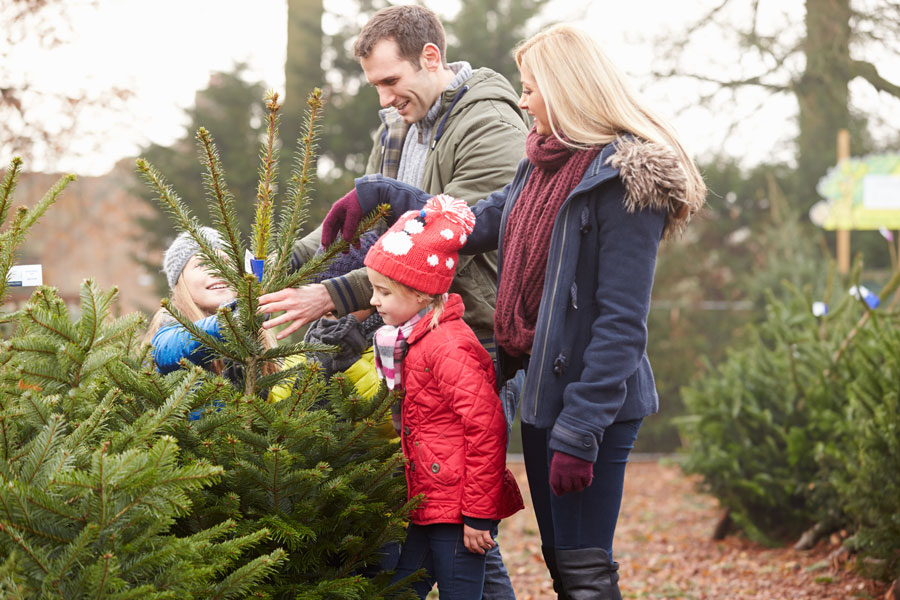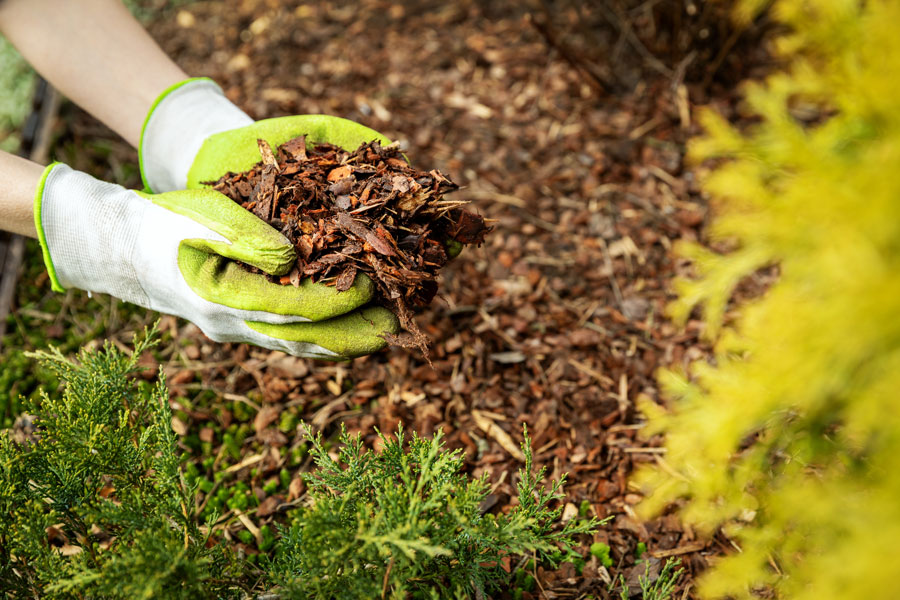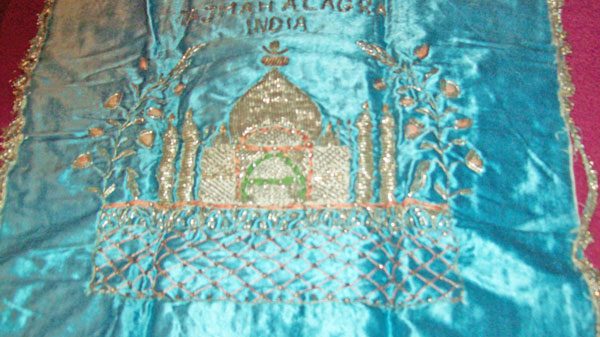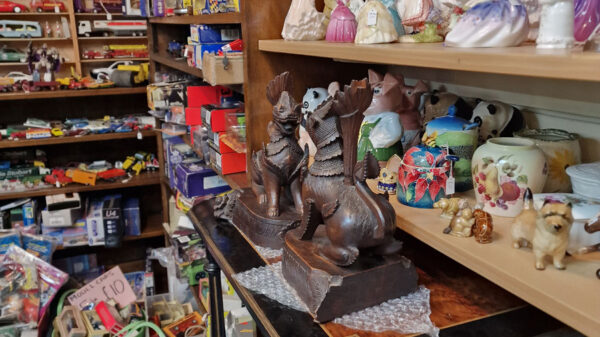At this time of year most gardeners spend time reflecting on what grew well and what struggled, lessons learned, new skills mastered and the optimism that next year will be filled with new opportunities and successes.
Can you believe there are between 6 and 8 million fresh Christmas trees sold every year although many people prefer artificial trees as they seem less troublesome with the needle drop being the main reason, next to disposing of the tree after Christmas.
I must say though that the fresh pine smell of a real tree is like bringing nature indoors and believe it or not it is considered to have a lower carbon footprint than artificial trees as the developing trees capture carbon and release oxygen, if recycled after the festive season they return to the soil as composted waste or mulch.

Choosing and looking after your tree can be an enjoyable experience providing you follow a few simple steps. Try to make sure the tree is fresh, a strong fresh pine smell and healthy green colour can indicate a fresh tree, when you get it home don’t take it inside straight away, cut about 2.5cm (1 inch) off the bottom of the trunk and place in a bucket of water in a sheltered spot near the house for about 24 hours. This will allow the tree to take on water and slowly acclimatise. Ideally use a christmas tree stand that holds water and once installed top up the reservoir every day. A cut tree is just like a bunch of flowers and will drink quite a lot of water. Don’t place near to a radiator or strong heat source. Most local authorities offer a recycling service where they will collect or nominate a site where you can drop the tree off. Once you have taken off all the decorations, carefully cut off the lower branches placing them in an old duvet cover to catch the needles, place the rest of the tree in the duvet cover and tie up the top, this will hopefully limit the needle drop as you take it outside. Trees can be bought pot grown and with care can be used for a few years before planting out, that is providing you have space in the garden.
For advice on choosing a tree, visit the British Christmas Tree Growers Association website (BCTGA).
There is much written on the subject of mulching. When is the ideal time, what can you use and how thick a layer do you apply? Like most gardening tasks there is no straight answer. Mulching can be carried out at any time of the year although it is often done during the winter months through to early spring as plants need less attention and the soil is full of moisture. This means that when you lay the mulch it will help the soil retain moisture, it will block the light from germinating weed seed, provide decomposed organic matter for worms and microbes to feed on and mix into the soil surface, ultimately improving the soil and its ability to hold nutrients and water.

Ideally a mulch is any sort of composted material, from farm yard or stable manure, lawn clippings and prunings, vegetable peelings, leaves, shredded bark used grow-bags and container compost, the list is endless, providing it has had a period of time to rot down, usually six to twelve months.
To be effective, a mulch should be about 5cm( 2 inches) to 7.5cm (3 inches), avoid spreading it too close to woody plant stems or over ground cover plants and herbaceous perennials that have been cut down. The rule is its the open soil around the plants that you are mulching not the plants themselves.
A mild day in autumn or winter is the ideal time to lift and divide your rhubarb crowns. In order to keep them vigorous and healthy this should be done every three to four years. The reason being that as the crown develops the centre part is weakened and can lead to crown rot which will then spread to the outer roots. Lift the crowns with a fork as this will ensure that you do not cut the fleshy roots. Once lifted the crown can be divided into sections with a spade, selecting the strong healthy parts of the crown from around the edge with two or three good buds and a few fleshy roots. The centre part can be discarded on the compost heap. Rhubarb can be planted in the same place providing the soil is in good condition, and the previous plant did not suffer any disease attack. Dig in a good amount of well rotted organic matter, about a barrowload to a square yard and plant the new crowns so that the buds are just above soil level, and spaced about 1m, (3 feet) apart. Apply a light dressing of general fertiliser in spring as growth starts, and water during dry spells.
Have a great festive season, Martin
Next month, (tidy up that toolshed, choosing seed for the vegetable garden and checking on bulbs.)






